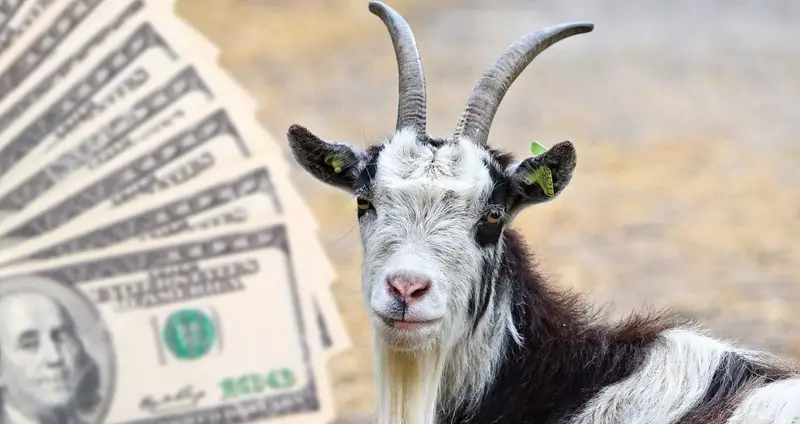

Photo by Nawroth C et al., Biology Letters, 2016.

Gaze alternation and approach behavior toward experimenter. A researcher sat in the pen during these trials - either facing toward or away from the goat - and the team filmed the interactions. Once the furry subjects became used to the task, the researchers created an “unsolvable” setting, wherein a goat could not remove the lid. The team trained the goats to take off a plastic box lid in order to obtain a piece of food. So, Nawroth and his colleagues drove an hour east of London to Buttercups Sanctuary for Goats, where they set up a problem solving experiment with 34 adult goats. “We wanted to know whether or not this extends to livestock species which are bred for production rather than companionship.”

“It has been known that dogs and horses are able to communicate in a referential and intentional way with humans,” biologist Christian Nawroth of Queen Mary University of London said of his study in Biology Letters. The trend suggests that some wild animals adapted humanlike social skills on the road to becoming domesticated. The behavior hints at form of communication seen in other domesticated animals, suggesting a common behavior among tamed beasts. They glare.Ī new study shows that farm goats gaze at humans when dealing with a difficult problem.


 0 kommentar(er)
0 kommentar(er)
